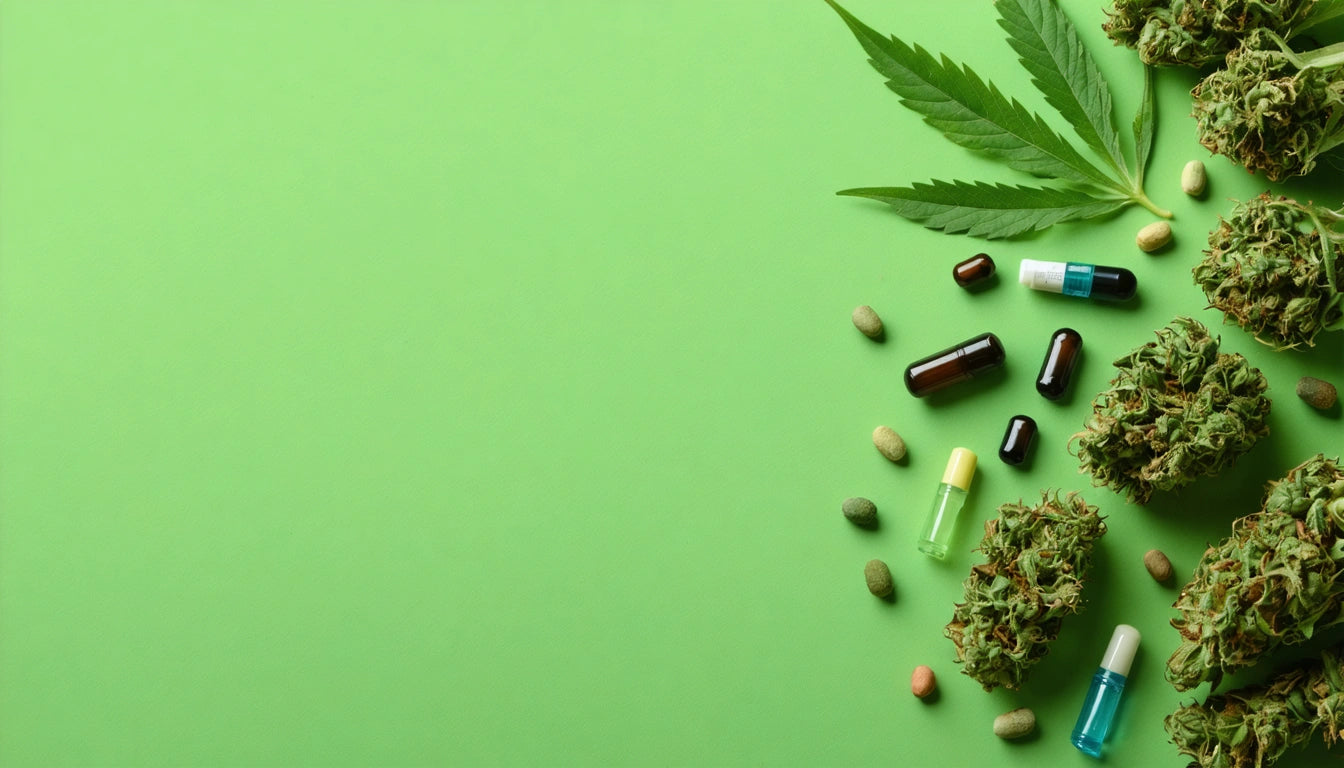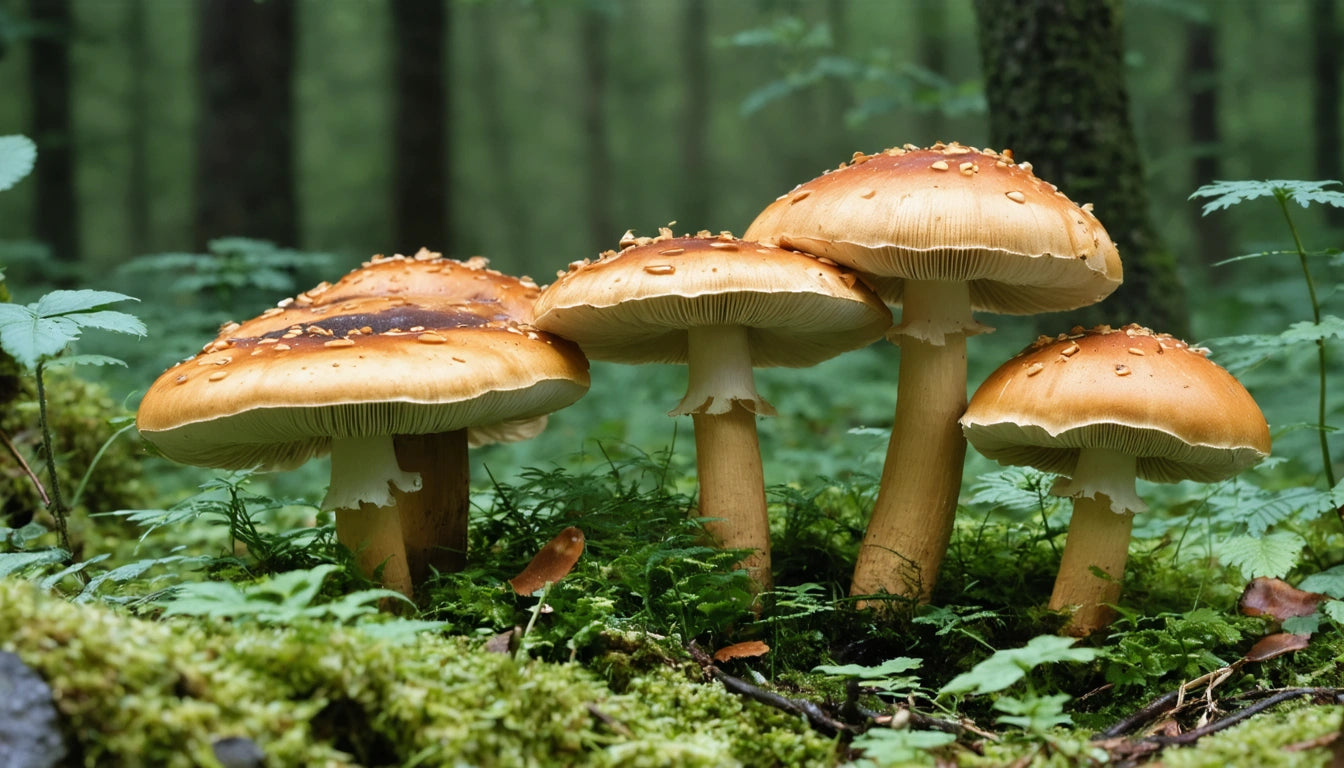Table of Contents
How Long Does Weed Stay in Your Saliva?
Understanding how long weed stays in your saliva is crucial for anyone subject to workplace drug testing or roadside checks. Unlike other testing methods, saliva tests detect recent cannabis use, making them increasingly popular for employment screenings and law enforcement. This guide explains detection windows, influencing factors, and what you need to know about mouth swab tests.
Detection Window Basics: How Long Weed Stays in Saliva
Generally, cannabis can be detected in saliva for approximately 24-72 hours after use for occasional consumers. According to recent research on saliva detection windows, this timeframe varies based on several factors including frequency of use and metabolism.
For regular or heavy users, THC may remain detectable for up to 1-3 weeks in some cases. This extended window occurs because THC accumulates in the body's fat cells and is gradually released over time, including into saliva.
Timeline for Different User Types
- First-time or occasional users: 24-48 hours
- Weekend or moderate users: 48-72 hours
- Daily users: 1-7 days
- Heavy, chronic users: Up to 3 weeks in some cases
These timeframes represent general guidelines, and individual results may vary significantly. As this article on THC detection explains, the specific compounds tested for in saliva are typically active THC rather than metabolites, which is why the detection window is shorter than urine tests.
Factors Affecting How Long Cannabis Remains in Saliva
Several key factors influence how long weed lasts in saliva, creating significant variations between individuals:
1. Consumption Frequency and Amount
Regular users tend to have longer detection windows because THC accumulates in the body over time. The more frequently you consume and the higher the doses, the longer cannabis compounds remain detectable in saliva.
2. Metabolism and Body Composition
Individual metabolic rates and body composition significantly impact how quickly THC is processed and eliminated. People with faster metabolisms may clear THC from their systems more quickly than those with slower metabolic rates.
3. Potency of Cannabis Products
Higher-potency products containing elevated THC levels can extend detection windows. Modern cannabis strains and concentrates often contain significantly higher THC percentages than products from previous decades, potentially extending how long is weed in saliva.
Saliva Test Accuracy and Technology
Modern saliva tests have become increasingly sophisticated and accurate. These tests typically use immunoassay technology to detect the presence of THC in oral fluids. Most commercial tests have detection thresholds between 2-5 nanograms per milliliter.
When discussing cannabis storage and testing, it's worth noting that proper storage containers are essential for maintaining product integrity. Many dispensaries and producers use specialized containers with secure caps to ensure product freshness and prevent contamination, which can indirectly affect potency and testing results.
According to research on mouth swab accuracy, false positives are relatively rare with modern testing equipment, but they can occur from cross-reactivity with certain medications or food products.
Comparing Saliva Tests to Other Detection Methods
Understanding how long is cannabis in saliva compared to other bodily fluids helps contextualize why saliva testing has gained popularity:
| Testing Method | Detection Window | Primary Use Case |
|---|---|---|
| Saliva | 24-72 hours (up to 3 weeks for heavy users) | Recent use detection |
| Urine | 3-30 days | Past use detection |
| Blood | Up to 36 hours | Current impairment assessment |
| Hair | Up to 90 days | Long-term use patterns |
Saliva testing offers a balance between detecting very recent use (like blood) and more historical patterns (like urine or hair). This makes it particularly valuable for situations where determining recent consumption is the primary concern, such as workplace safety checks or roadside testing.
Preparing for Saliva Testing: What to Know
If you're facing a potential saliva test and concerned about how long weed stays in the saliva, consider these evidence-based approaches:
- Temporary abstinence: The most reliable approach is to abstain from cannabis use for at least 72 hours before testing.
- Hydration: Drinking plenty of water won't eliminate THC but may help dilute concentrations in saliva.
- Oral hygiene: Thorough brushing, including the tongue and gums, may help reduce THC concentration in the mouth.
- Avoid smoking: If medical cannabis is necessary, consider alternative consumption methods that may leave fewer traces in oral fluids.
It's important to note that many detox products marketed online have limited scientific evidence supporting their effectiveness. The most reliable approach remains abstinence for the appropriate period based on your usage patterns.
As this comprehensive guide explains, understanding detection windows helps consumers make informed decisions about their cannabis use in relation to potential testing situations.
Future Testing Developments and Legal Considerations
As cannabis legalization expands, testing methodologies continue to evolve. Researchers are developing more sophisticated saliva tests that can potentially distinguish between recent use and actual impairment, addressing a key limitation of current testing approaches.
Legal standards regarding saliva testing vary significantly by jurisdiction. In some areas, the presence of any detectable THC may lead to legal consequences, while others have established threshold levels intended to identify impairment rather than any historical use.
Understanding how long weed stays in your spit is becoming increasingly important as these tests become more common. By staying informed about detection windows and the factors that influence them, cannabis consumers can make more educated decisions about their use in relation to potential testing situations.











Leave a comment
All comments are moderated before being published.
This site is protected by hCaptcha and the hCaptcha Privacy Policy and Terms of Service apply.